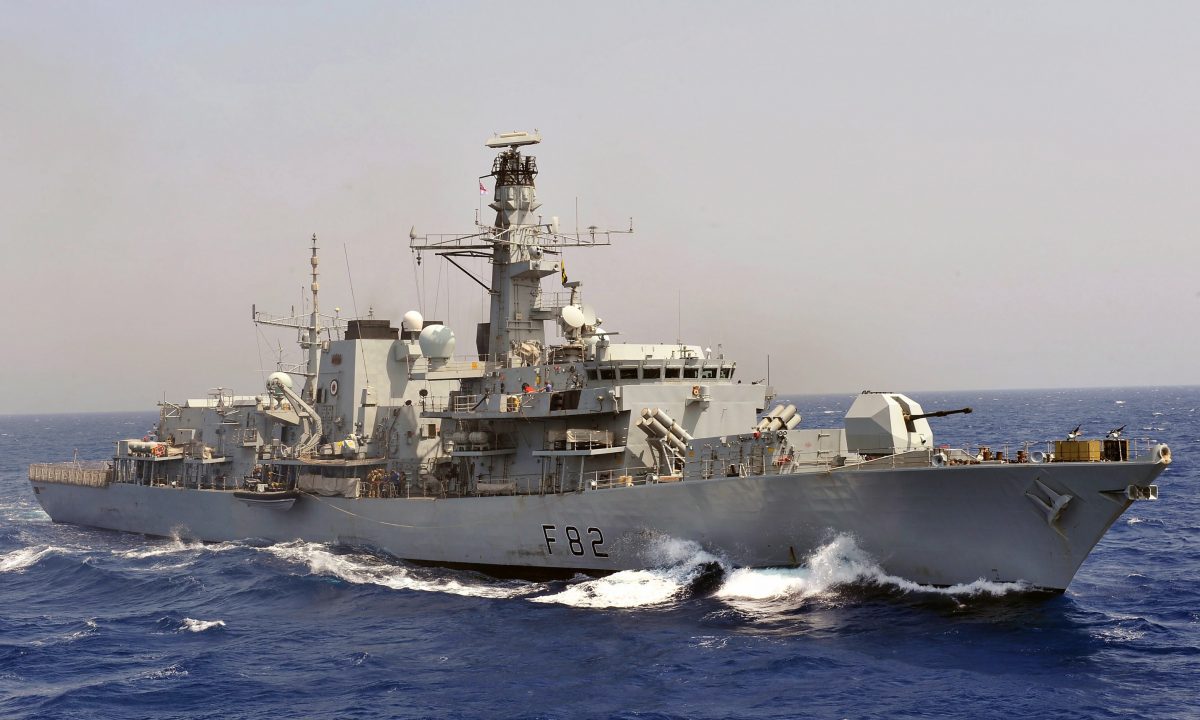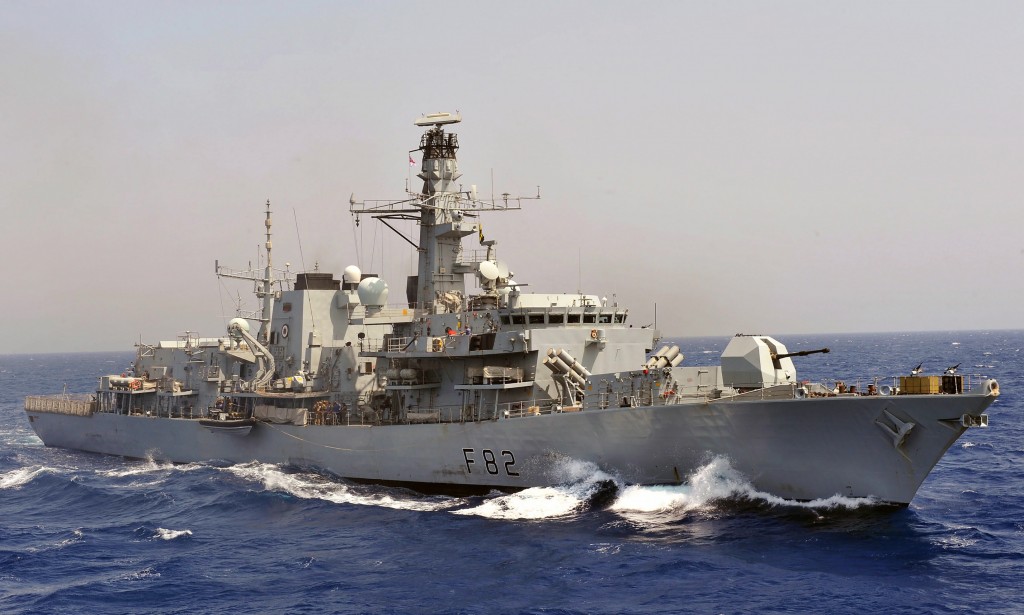Sourced : UK Defence Journal
By George Allison
Sir John Parker, author of an independent report on the National Shipbuilding Strategy, has indicated that the fleet will fall below 13 frigates unless the Type 31 Frigate build starts soon.
Dr Julian Lewis, Chair of the Defence Committee, asked during a session on the National Shipbuilding Strategy:
“So what you are saying—and this is a critical point—is that unless we start building the Type 31e frigates in parallel with the Type 26s, there is little chance of not reducing below our existing figure of 13 frigates all told.
That, I must say, fits in with the projections I have seen and it follows from that, therefore, that we have to consider the best way of building two classes of frigates in parallel, rather than in succession.”
Sir John Parker responded with one word: “Correct.”
Michael Fallon however told BBC Radio Scotland towards the end of last year that the Type 31 build would begin after that of the Type 26:
“Nobody is shortchanging the Clyde. This is a huge moment for the Clyde; we’re confirming we’re going ahead with the steel cut next summer, earlier than expected. The first eight will be the Type 26 combat ships.
After that, the Clyde will be building a lighter frigate and we will end up with a fleet that is larger than the fleet at the moment.”
The build plan for the “at least five” Type 31 Frigates is expected to follow a similar pattern to that of the Queen Elizabeth carriers and early Type 45 Destroyers in that blocks will be built in yards around the UK and assembled on the Clyde.
Modern shipbuilding makes considerable use of prefabricated sections. Entire multi-deck segments of the hull may be built elsewhere around the UK, transported to the building dock or slipway, then lifted into place. This is known as “block construction”.
Yards pre-install equipment, pipes, electrical cables and any other components within the blocks, to minimise the effort needed to assemble or install components deep within the hull once it is welded together.
Referring to the Type 31 Frigate, Sir John said: “The very important thing is that, whatever design is chosen, it has got to have adaptable features for the export market. We have pointed to one British design by BMT the consultants—Venator. They went out, talked to a lot of overseas navies about their requirements and produced modular choices. They have a standard platform, more or less in line with what we conceived.
We met them and discovered that they had already developed such a design. The design is close to 3,800 or 4,000 tonnes. They created a design with modular choices for weapons systems, communications systems, etc., which you can fit on day 1 and retrofit later. There is great flexibility, and they have introduced a lot of plug and play. It is a very modern concept. An important point, because the yards that get the blocks to build have to completely outfit them—it is not just a sticky box—is that the systems engineering has to be done within the blocks as far as possible, so you have minimum join-up of systems. You will quite clearly have some, but you try to minimise that.”
The decline in the frigate fleet will happen as the 13 Type 23’s are phased out.


